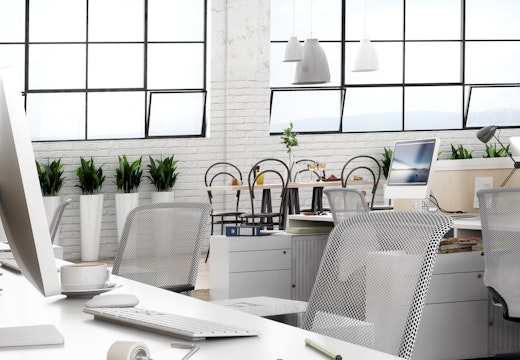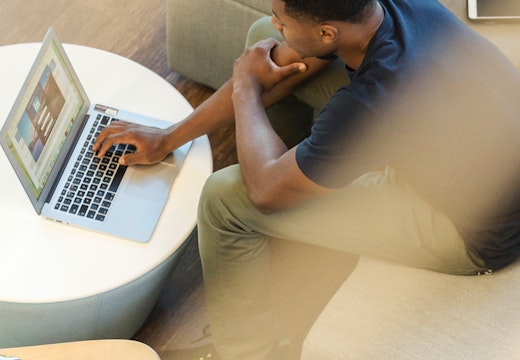Come together: three steps to achievable collaboration in the office
How can collaboration shift from aspirational to achievable for organisations? A new modern workplace report from Condeco sets out the steps needed
The word ‘collaboration’ is frequently – and often carelessly – bounced around workplace lexicon as an aspirational goal to improve communication and connectivity between employees. While many organisations prioritise collaboration as a key workplace initiative, they can sometimes overlook the steps that need to be taken to achieve successful collaboration in the workplace.
Condeco’s latest report, The Modern Workplace 2018: People, Places and Technology, highlights three important steps to creating more collaborative environments in the office.
Step one: survey the workspace
Does the workplace leverage collaborative environments to their full potential? Analysing the space allows organisations to understand the areas where people like to collaborate – these are traditionally thought to be more open plan spaces but building an accurate database of how space is used means workspace can be leveraged to maximise collaboration more accurately.
According to Condeco’s modern workplace report, 43 per cent of organisations have office spaces that are mainly open plan with few partitions. This layout varies between industries and locations; for example, in Singapore there is an attitude towards office space that is distinctive from the European approach. In general Singapore champions a traditional and hierarchical approach where separate offices and cubicles are a mark of status, whereas countries such as France and Germany are more open to desk sharing and open settings.
Different perspectives need to be dealt with properly – open plan design does not work in a setting where the behaviour and attitudes are not aligned. The culture of the company should be considered when incorporating open workplace settings into the office – instead of removing partitions it might be more appropriate to add dedicated areas that promote collaboration.
Step two: explore different working styles
The modern workplace has the capability to shape employee behaviour and workstyles – it can shift workplaces from siloed departments into cross-functional collaborative environments. In the modern workplace report, for example, the COO of a UK technology company stated that integrated teams are more effective and enable teams to work cross-functionally, which encourages more efficient collaboration across differing business functions.
Integrated teams can be a drastic step for some businesses, but other working styles can also be explored to maximise collaboration potential. Activity-based working and more flexible working styles can also have a positive effect to help employees communicate. These environments empower employees to work in styles that suit the work they are conducting and socialise with their peers.
Step three: integrate technology
The final step is to consider integrating useful technology into the workplace. Technology which is simple to use and easily adopted by employees can help boost levels of collaboration in the office. The impact can save time for employees and give them more freedom to concentrate on working together effectively.
Not only can technology help internal communication, but it can also help in areas where collaboration is seemingly more difficult. Video integrated meetings and online chats can be used in an informal way to allow employees in different geographical locations to share ideas.
While there is no silver bullet for collaboration, there are simple and subtle integrations that can be made in the workplace to make collaboration more effortless and organic.







